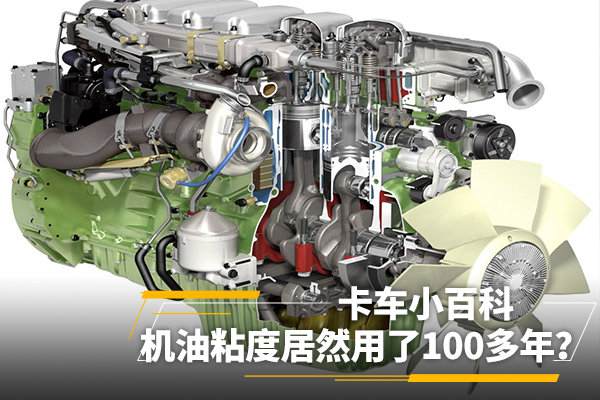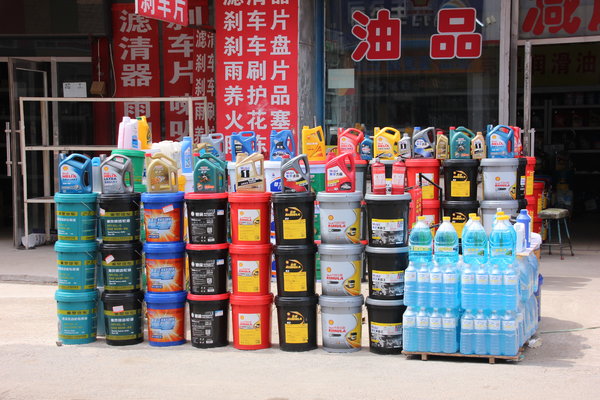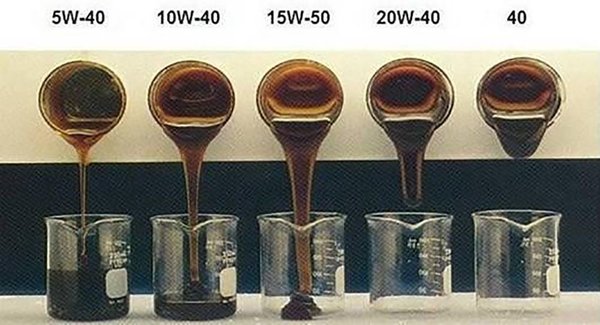31
2025
-
07
Truck Encyclopedia (22): Oil viscosity has been used for more than 100 years?
But many card friends say that the typical value of engine oil is not easy to find, is there any easy-to-understand way to understand the performance of engine oil?
The answer is yes, today's truck encyclopedia, we will introduce the various standards and certifications marked on the oil packaging. I believe that after reading this article, it will be more convenient to buy engine oil.
Due to the large content of the article, the content of this article is divided into upper, middle and lower, and the three chapters introduce SAE, API, and ACEA standards respectively.
Engine oil standards can be divided into SAE standards and API standards according to grade and viscosity, which are common oil standards all over the world, and almost all engine oil is marked on the outer packaging.
▎Born in 1902 to compile automobile industry standards
SAE stands for SAE International Society of Automaton Engineers, which is a technical society. Its predecessor was the Society of Automotive Engineers, which translates to the American Society of Motor Vehicle Engineers. Automata refers to any form of transportation that moves through its own power, including aerospace, automobiles, commercial vehicles, ships, etc.
SAE was first established in 1902, and in 1910, the association took over the technical data compilation of the Mechanical Division of the Chartered Automobile Manufacturers Association (ALAM) and became the professional standards committee for the American automobile industry.
In 1916, the association merged with the American Society of Aeronautical Engineers (ASAE) and the Society of Tractor Engineers (STE). Soon, the National Association of Internal Combustion Engine and Ship Builders (NAEBM) and the National Gas Turbine Association (NGEA) merged their engineering and standardization efforts into SAE. In February 1917, SAE was officially named the American Society of Mobile Engineers.
One of the tasks of the Society is to organize and coordinate the compilation and revision of U.S. automotive industry standards and regulations to regulate the development and manufacture of U.S. automotive products. The society has a technical standards committee, and is also the world's largest ground, marine, aviation (aerospace), transportation equipment and technical standards preparation department.
In addition to the automobile manufacturing industry, SAE standardization also includes aircraft, aviation systems, aircraft, agricultural tractors, earthmoving machinery, road construction machinery and other internal combustion engines for the manufacturing industry.
▎In 1911, the SAE J300 engine oil standard was formulated
After introducing the establishment of SAE, let's now look at SAE's definition of viscosity for engine oil.
At the beginning of the 20th century, there was no sound standard in the engine oil industry, the oil quality standards of various manufacturers were different, consumers could not accurately measure the performance of products, and the engine oil industry urgently needed a standard that could express the quality and role of engine oil. So starting in 1911, SAE set out to solve and released the SAE J300.
The SAE J300 standard is Engine Oil Viscosity Classification. This standard formulates the viscosity series standard of engine oil for the different viscosity characteristics of engine oil.
Simply put, the SAE J300 standard is a classification of viscosity characteristics only for engine lubricants, excluding the characteristics of other oils.
SAE J300 is the first well-documented standard for automotive engine oils, and over 100 years SAE J300 has undergone many revisions and adjustments.
However, the early SAE standard was a single-level standard that only expressed the viscosity of the oil at high temperatures.
It was not until 1952 that SAE added "W" (Winter) winter oil, which eventually formed our multi-grade oils such as 0W-40 and 15W-40 today.
The last 2 SAE J300 standard updates were in 2013 and 2015. In 2013, the main new viscosity grade of SAE 16 was added.
The 2015 J300 standard adds two more viscosity grades, SAE 8 and SAE 12.

2015 version of SAE J300 standard
In the above table, we can see the range of low-temperature dynamic viscosity, low-temperature pumping viscosity, 100°C kinematic viscosity and HTHS high-temperature high shear viscosity of SAE for oils of different viscosities.
That is, oils that meet the SAE standard, according to their viscosity grade, are theoretically within the viscosity range of the J300 table.
However, SAE is not a mandatory specification and does not represent the true viscosity of the oil. Therefore, the values in the table are for reference only, and the specific typical values are based on the values of the oil manufacturer.
The SAE J300 oil viscosity standard has been around for more than 100 years and has become an approved standard for almost all lubricant manufacturers. With the advancement of engine technology, the SAE J300 is also constantly updated and iterated. However, SAE is only a guiding standard and does not have mandatory effect, and if the oil wants to meet a certain performance indicator, it must be certified by API. What is the API standard? The next article will ask you to reveal.
Previous Page
Next Page
Previous Page
Next Page








